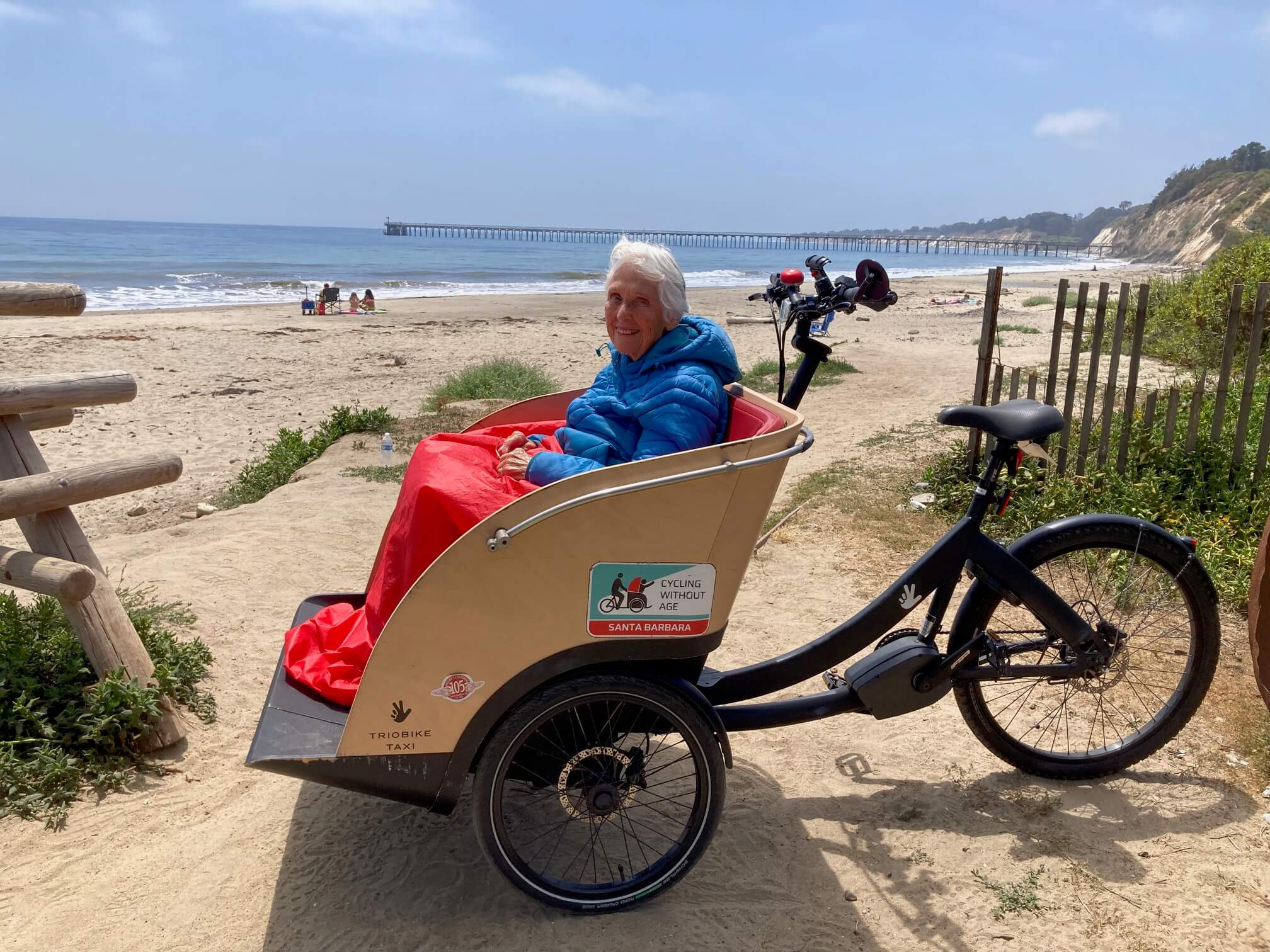
Retirement Ideas for a Healthy and Active Life
Retirement Ideas for a Healthy, Happy, and Active Life Did you know that engaging in new hobbies can significantly boost your mental health during retirement?
Gain expert insights and practical tips to help seniors and their families navigate senior living with confidence.
Category: Memory Care

Retirement Ideas for a Healthy, Happy, and Active Life Did you know that engaging in new hobbies can significantly boost your mental health during retirement?

At Westmont of Santa Barbara, we believe life’s joys don’t stop with age, and one of the most beautiful examples of that belief in action

Compassionate Dementia Care Plans for Seniors in Memory Care When developing dementia care plans, the focus should always be on personalization and compassion. Crafted for

Engaging Board Games for Seniors That Inspire Joy Playing board games for seniors is more than a fun pastime—it’s a powerful way to stay mentally

Art Therapy in Memory Care: Embracing Creative Healing Art therapy in memory care is more than just painting; it’s a powerful tool that opens emotional

Best Activities for Dementia Seniors to Enjoy Daily Engaging activities for dementia seniors can significantly enhance their well-being, offer a sense of structure, and improve

Managing Grief as a Senior: A Healing Journey Losing a loved one later in life can bring an intense emotional toll. At Oceanview Senior Living,

Why Do You Like Caring for Seniors? Caring for seniors brings joy, purpose, and a deep sense of connection. It’s not just about meeting daily

Empowering LGBTQ Seniors: Thrive With Pride and Purpose Aging brings a new set of opportunities and challenges, especially for LGBTQ seniors. While this stage of

Memory Care Culver City That Feels Like Home Finding compassionate, professional memory care in Culver City can feel overwhelming. But when you walk through the
Discover the level of care you or your family member requires.
Popular Blogs





Find out if you or your loved one’s current lifestyle is best suited for long, healthy aging.
Each of our communities across California and Oregon offers a unique blend of activities, connection, and wellness.
Embrace a lifestyle where your interests and independence are celebrated every day.
9000 Murray Drive La Mesa, CA 91942
Luxury redefined in a resort-style setting, tailored for dynamic senior living experiences.
190 Via Jero, Goleta, CA 93117
Where warmth meets care, curating an inviting senior living experience.
17050 Arnold Drive Riverside, CA 92518
A harmonious blend of belonging, independence, and enriching senior lifestyles.
All Rights Reserved. Powered by ConversionFormula.
Pick a Westmont community to explore and schedule your personal walkthrough!
Make yourself at home where a happy, healthy lifestyle goes hand-in-hand with your personal fulfillment, enrichment, and growth.
Answer a few quick questions to unlock the exciting future senior living can offer!